Tandyr Nan: Basic Information
Pronunciation
Alternative Name(s)
Dish Type
Course
Mealtime
Popular Variations
- Obi non
- Tohax
Tandyr Nan: Ingredients and Preparation
Main Ingredients
Main Cooking Method
Preparation Process
Tandyr Nan: A Deep Dive
Cultural Significance
Taste
Texture
Aroma
Color
Serving Style
Serving Temperature
Accompaniment
Occasions
Seasons
Special Diets
Calories
Popularity
- Kazakhstan
- Kyrgyzstan
- Tajikistan
- Turkmenistan
- Uzbekistan
- Xinjiang
- Russia
- Central Asia
- East Asia
- North Asia
- Eastern European
Popular Similar Dishes
- Naan
- Roti
- Pita
- Lavash
- Bazlama
- Matnakash
- Taftan
- Tonis puri
- Taboon bread
Popular Dining Area
Tandyr nan is a type of tandoor bread, comprising bread baked in a clay oven known as a tandoor.
This bread is commonly associated with Central Asian cuisine, specifically from Kazakhstan, Kyrgyzstan, Tajikistan, Turkmenistan, Uzbekistan, and the Xinjiang region.
The dough is pressed against the oven’s sides and baked until it develops a crispy exterior and a soft interior.
A unique touch to its presentation is the imprinting of designs on the dough using a chekich, a traditional bread stamp.
Discover the allure of tandyr nan! I’ll guide you through its characteristics, variations, upsides, downsides, questions that are commonly raised, and comparable dishes.
Key Points
Tandyr Nan Images
What Are The Variations Of Tandyr Nan?
Variations of tandyr nan include:
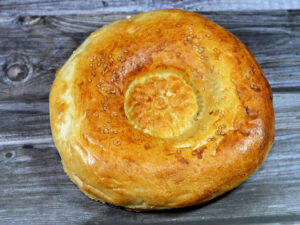
Obi non (or lepyoshka)
This flatbread type is popular in Afghan, Tajik, and Uzbek cuisines. It’s disc-shaped and is thicker compared to naan. In Russia, it is known as lepyoshka or Russian flatbread.
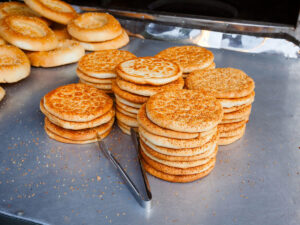
Tohax (also known as toqach or toghach)
This is another type of tandoor bread consumed in the Xinjiang Uyghur Autonomous Region of China and various parts of Central Asia like Kazakhstan, Kyrgyzstan, and Uzbekistan.
Each variation of tandyr nan comes with unique characteristics, showcasing the pros and cons of this fascinating bread.
Pros And Cons of Eating Tandyr Nan
Here are some pros and cons of tandyr nan:
Pros
Cons
Given the diverse benefits and limitations of tandyr nan, it’s essential to consult frequently asked questions to make an informed decision for one’s dietary preferences.


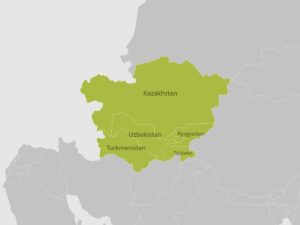
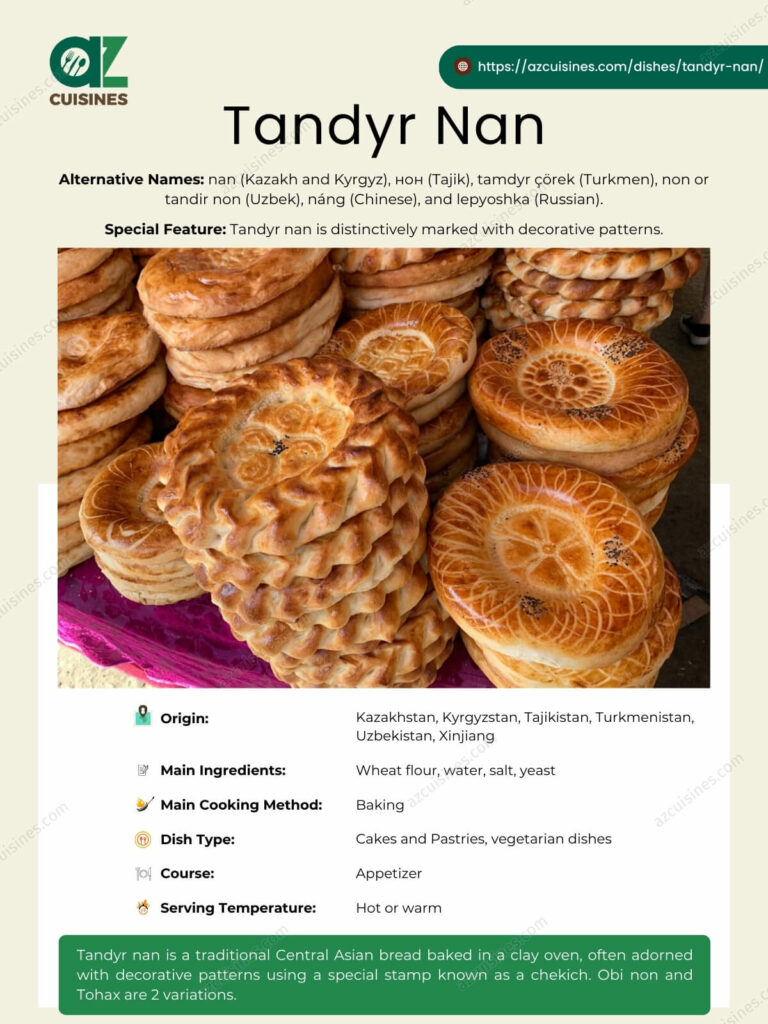
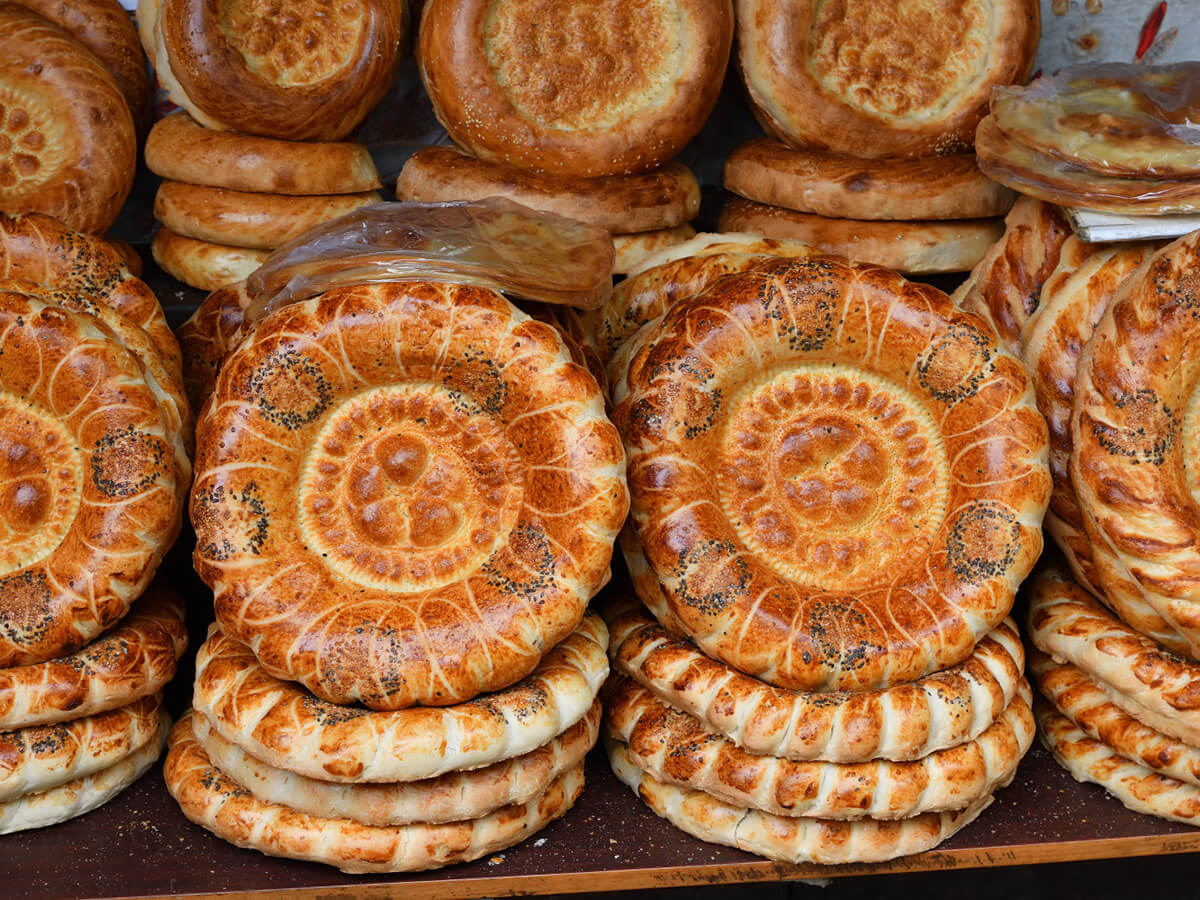
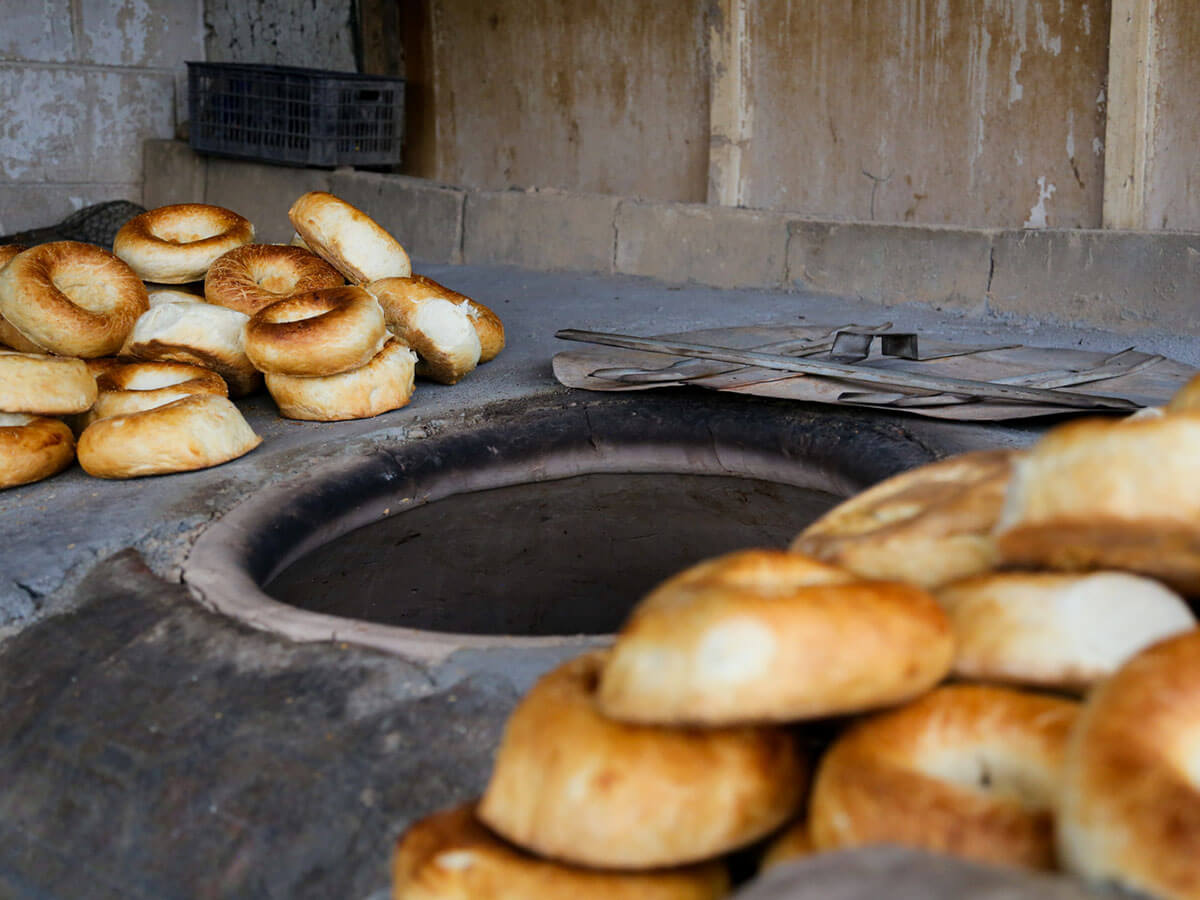
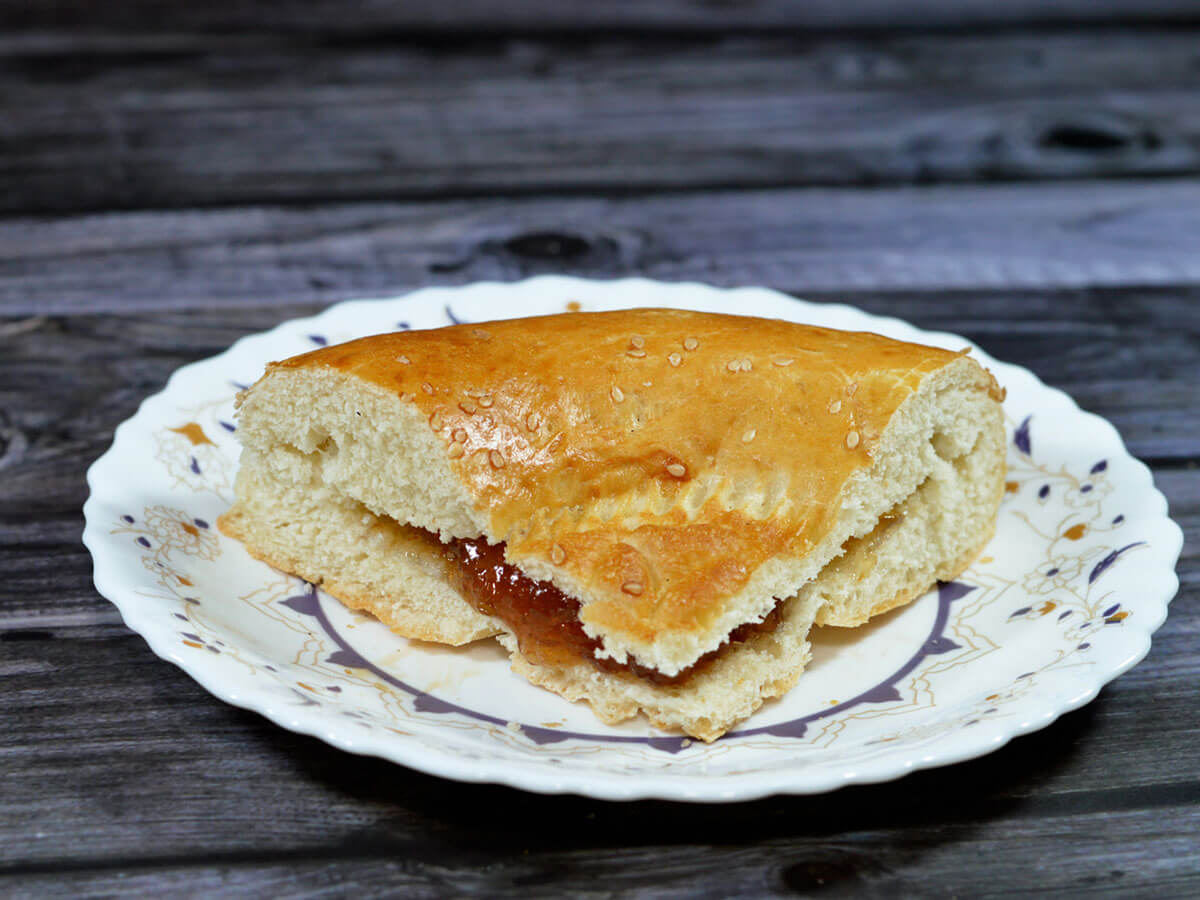
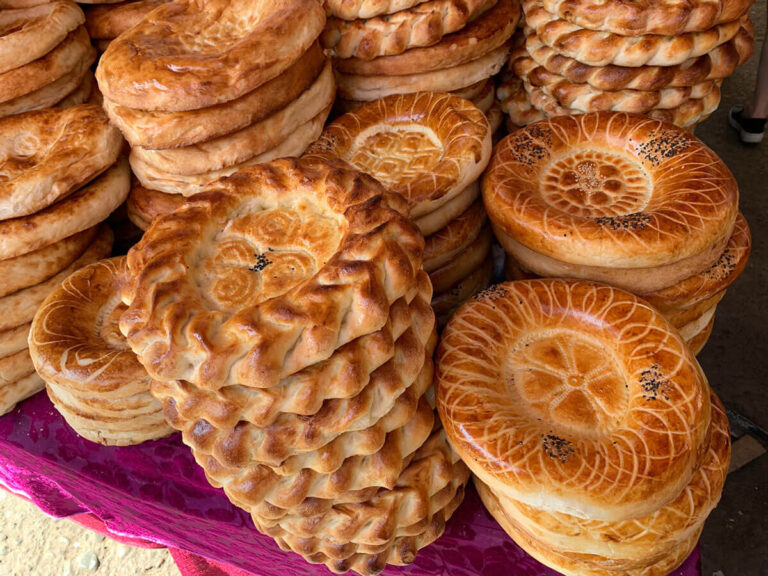
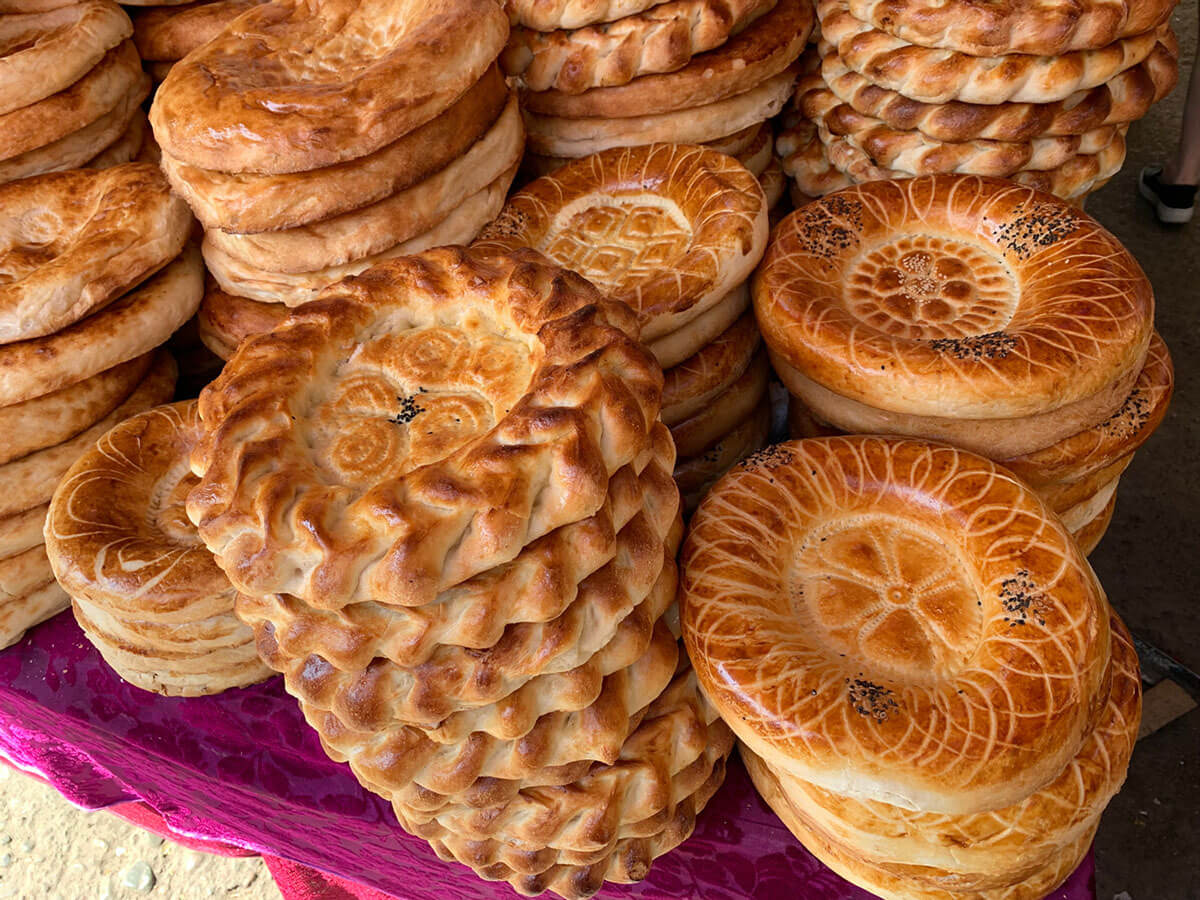
Adam Sam
Senior Food and Drink Editor
Expertise
Food Writer & Recipe Developer, Recipe Tester, Bartender, Cooking-video Maker, Editor In Chief
Education
Adam Sam, an experienced food writer and recipe developer, is passionate about blending diverse culinary traditions, national dishes, and innovative beverages, showcasing his proficiency in both traditional and modern recipe testing.
As the Editor-in-Chief, he elevates culinary content from street food to fine dining, focusing on Western cuisine and types of drinks at azcuisines.com, and is professional in creating engaging cooking videos that simplify complex dishes and ingredients.
His passion for food is evident in his writing, where he uniquely merges various cultures, traditions, and contemporary trends, skillfully combining classic recipes with modern cooking methods.